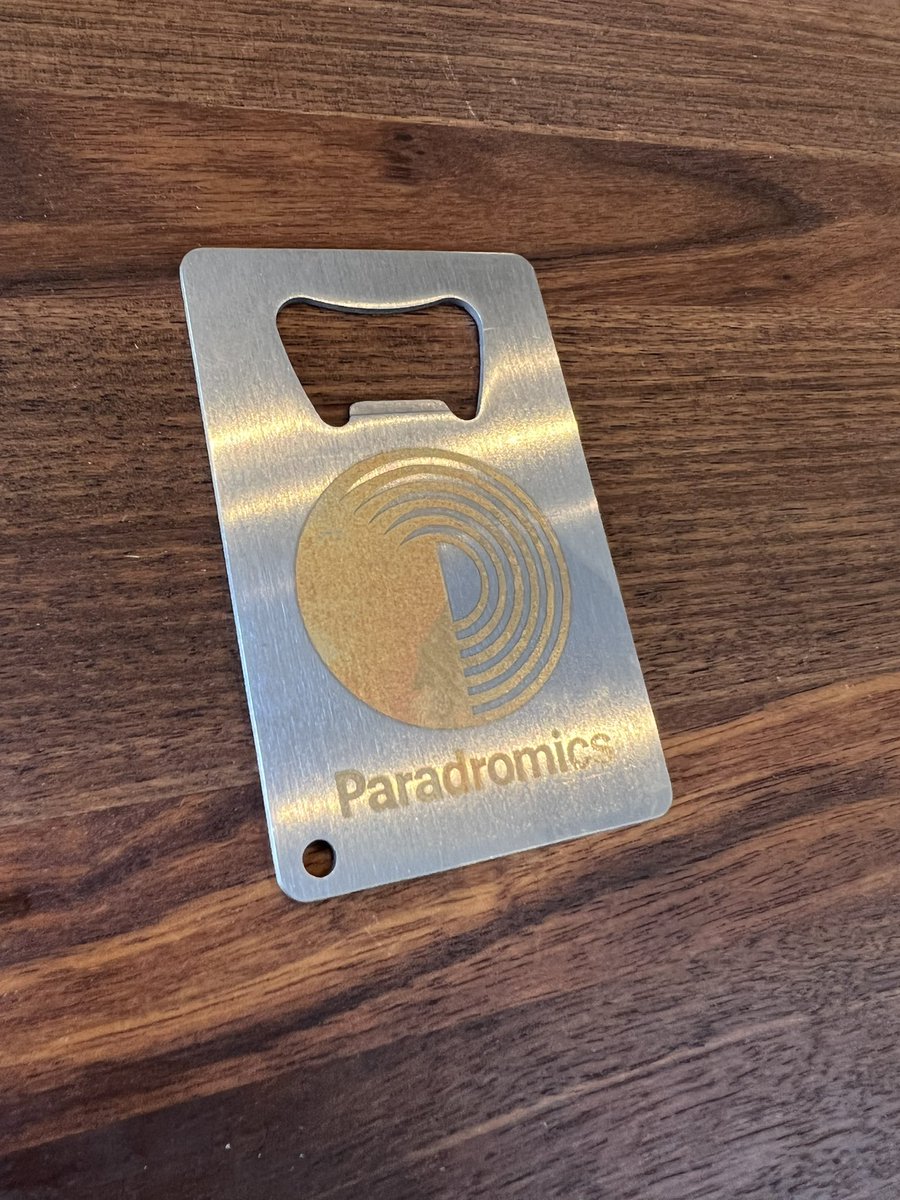Thrilled to share our latest pre-print: Stimulating peripheral nerves from within blood vessels with a millimeter-sized battery-free implant.
Buckle up, it's #bioelectronics #tweeprint time!
biorxiv.org/content/10.110…
Buckle up, it's #bioelectronics #tweeprint time!
biorxiv.org/content/10.110…

The main idea is that by making bioelectronics small enough to fit through a catheter we can use a vascular neurosurgical approach to avoid open surgery and hit hard-to-reach targets like spinal cord.
This is hard to do because we need a way to deliver data and power to a millimeter-sized implant deep within tissue. We discussed in a recent review, magnetoelectric (ME) materials have many advantages for solving this problem: onlinelibrary.wiley.com/doi/full/10.10…
Here we combine ME materials with a custom digitally programmable ASIC designed by Zhanghao Yu in Kaiyuan Yang's lab @RiceECE to create a Magneto-Electric-powered Bioelectronic ImplanT (ME-BIT). It receives data and power from a magnetic field to generate a programmable stimulus: 

Unlike ultrasound that relies on a focused beam to power an implant, magnetic fields are pretty diffuse so we get excellent alignment tolerances and power transfer efficiency. (Thanks to @HEB their selection of nicely marbled pork shoulders): 

When we use the ME-BIT to stimulate rat sciatic nerve we get really nice motor unit recruitment that scales with stimulus intensity. 

We then worked with neurosurgeon @PeterKa80460001 and neurologist @SunilAShethMD who performed large animal experiments showing that we can use the ME-BIT to drive PNS activity from with blood vessels. Here electrodes are in the vessel with the ME-BIT near the vessel wall. 

What's most exciting for me is that we are starting to see that advantages of ME materials can be applied to make miniature wireless bioelectronic devices for realistic preclinical settings. The transition from "cool physics" to "potentially useful technology" is super rewarding.
This is all possible thanks to tireless work by a great group of collaborators & friends: lead authors @joshclchen, @PeterKa80460001, and Zhanghao Yu, along with Kaiyuan Yang, @SunilAShethMD, and many others.
Thanks for reading - hope y'all got those SfN abstracts in...
Thanks for reading - hope y'all got those SfN abstracts in...
• • •
Missing some Tweet in this thread? You can try to
force a refresh








